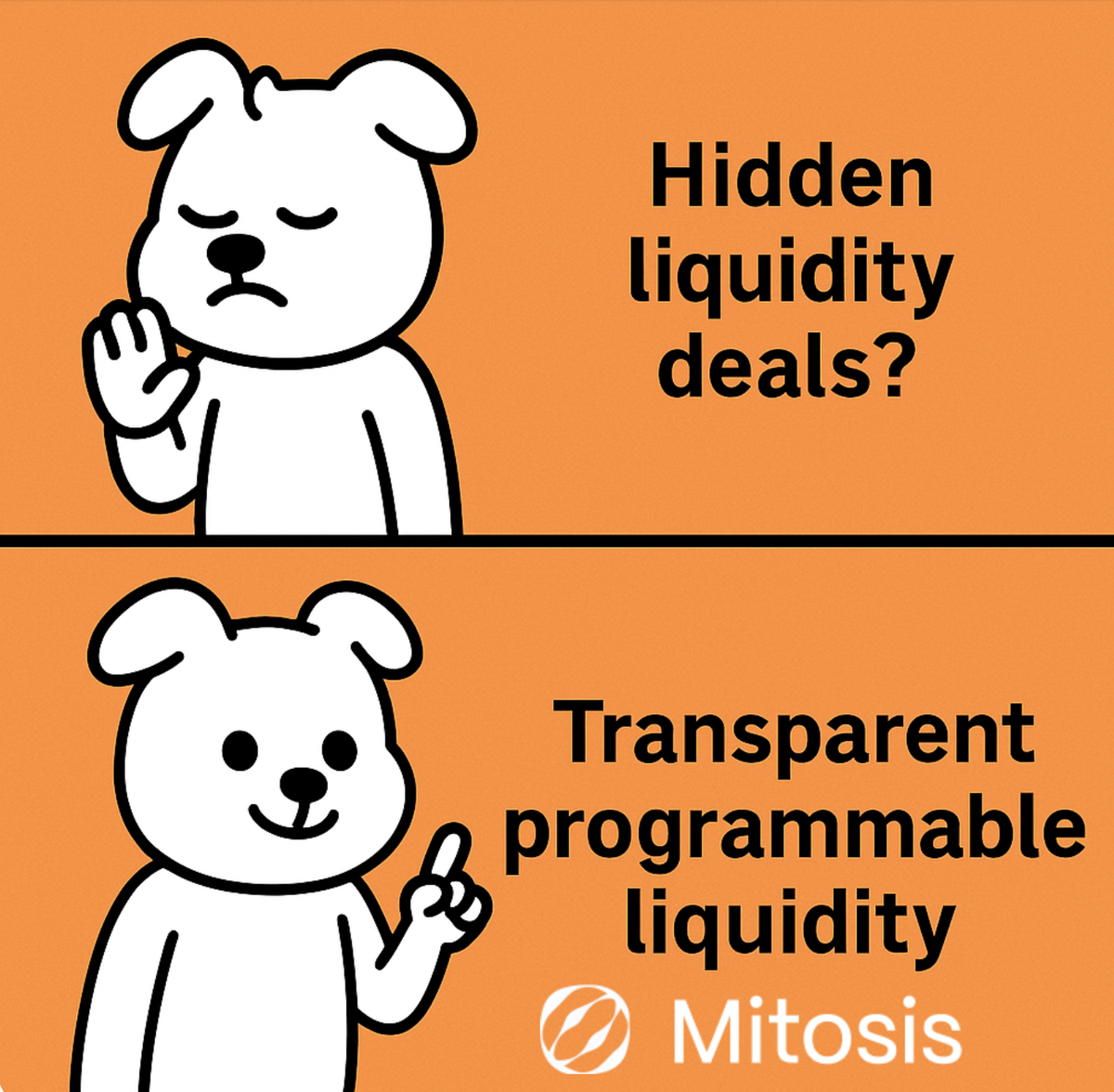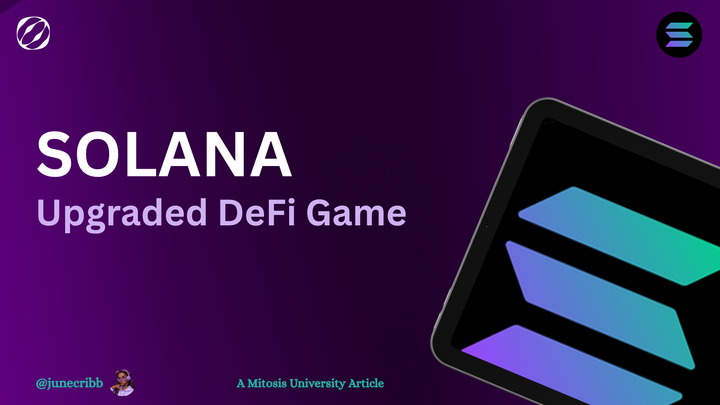Mitosis: Rethinking Liquidity in a Cross-Chain Future

Introduction
In the modular blockchain landscape, liquidity remains both a critical asset and a persistent challenge. While DeFi has unlocked new financial opportunities across ecosystems, liquidity is still fragmented, static, and siloed by chain boundaries.
Mitosis enters the scene not merely as another DeFi protocol but as a liquidity meta-protocol, designed to rearchitect liquidity itself for a modular, cross-chain world.
By introducing programmable liquidity and trust-minimized cross-chain communication, Mitosis aims to solve DeFi’s deepest structural problems, not just treat its symptoms.
Beyond Bridges: Derivatives as Cross-Chain Primitives
Traditional bridges have become high-value targets for exploits, undermining user trust and capital security across Web3. Mitosis proposes a fundamentally different approach: native derivatives, including miAssets and maAssets.
- miAsset: A fungible, 1:1 representation of the user’s base deposit on a source chain.
- maAsset: A wrapped variant optimized for liquidity flows across multiple chains.
- Instead of moving original assets across blockchains, Mitosis mints these standardized, composable assets at the source and enables them to operate seamlessly across networks — all without introducing external trust assumptions.
This innovation establishes Mitosis as a cross-chain liquidity layer, abstracting the concept of “where assets live” and building a foundation for cross-domain applications.
Learn more about miAssets and maAssets in the Mitosis Glossary.
Liquidity as Code: From Static Capital to Dynamic Utility
In legacy DeFi systems, liquidity is inert once deployed, locked in pools with little flexibility.
Mitosis redefines this with the concept of Liquidity as Code:
- Liquidity becomes programmable, composable, and reusable.
- Base deposits can fuel multiple strategies: multi-chain arbitrage, protocol-native collateralization, restaked derivatives, and beyond.
This is capital efficiency at the protocol layer, not another yield farm. By unlocking liquidity’s latent potential, Mitosis transforms LPs into active builders of modular financial ecosystems.
Ecosystem-Owned Liquidity (EOL): Aligning Incentives for the Long-Term
The DeFi space has long suffered from mercenary liquidity, capital that exits the moment rewards vanish. Mitosis offers a structural solution: Ecosystem-Owned Liquidity (EOL).
Through EOL:
- Communities pool capital collectively
- Protocols own and manage their liquidity instead of renting it
- Incentives align with protocol longevity rather than short-term yield chasing
This approach promotes healthier, more sustainable ecosystems across the modular stack.
Matrix Campaigns: Transparent Liquidity Coordination
Mitosis introduces Matrix, a programmable liquidity event framework that replaces traditional, ad-hoc farming programs:
- Time-bound and immutable parameters define each campaign
- Liquidity incentives are governed transparently through on-chain governance
- Rewards are distributed algorithmically, ensuring fairness and predictability
Matrix empowers protocols to bootstrap liquidity with maximum transparency, reduced governance overhead, and predictable outcomes.
Explore how Matrix Campaigns work in the Mitosis Glossary.
Built for the Modular Future: Security, Interoperability, and Restaked Economies
Mitosis is built natively for a modular blockchain world:
- Restaked security: Validators and sequencers leveraging restaked ETH bolster network security.
- Trust-minimized messaging: Protocols like Hyperlane enable permissionless, reliable cross-chain communication.
- Sovereign rollups: Mitosis integrates seamlessly into sovereign execution environments, reinforcing modularity and autonomy.
In this modular world, liquidity is no longer static; it becomes a dynamic, sovereign resource that moves securely between chains.
Conclusion: Liquidity as a First-Class Primitive
Mitosis is not trying to replace DEXs, bridges, or yield farms, it is recontextualizing them.
By abstracting liquidity into programmable, modular assets and embedding it into decentralized governance frameworks, Mitosis unlocks a new liquidity meta-layer: one that is mobile, composable, and community-governed. As the modular blockchain thesis unfolds, Mitosis stands poised to be one of its critical infrastructural pillars.
Learn more and stay updated at Mitosis University.



Comments ()